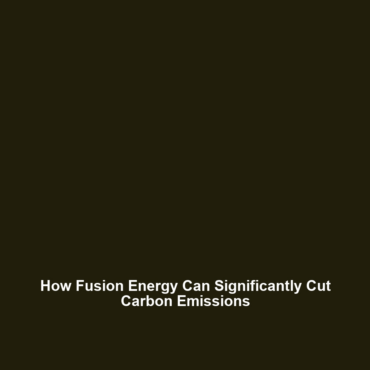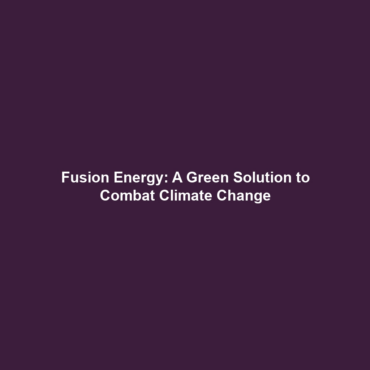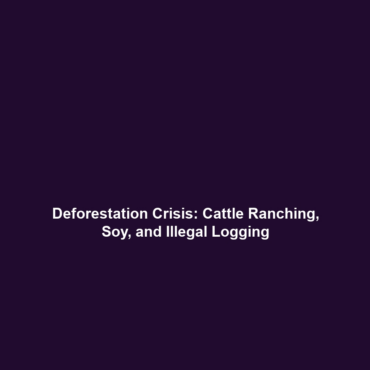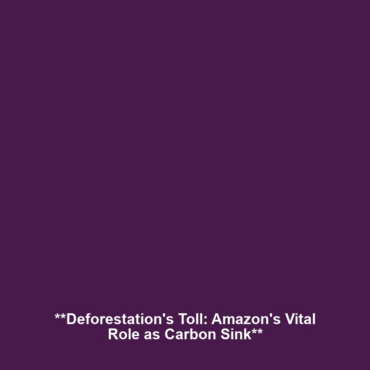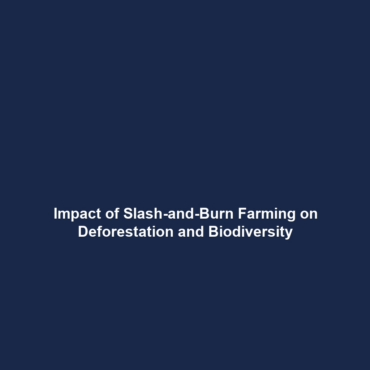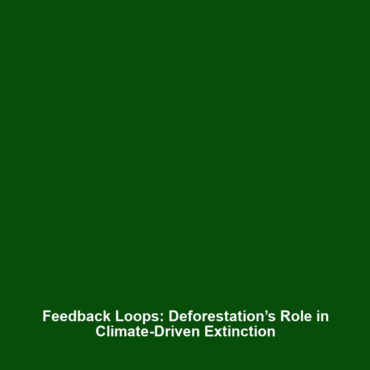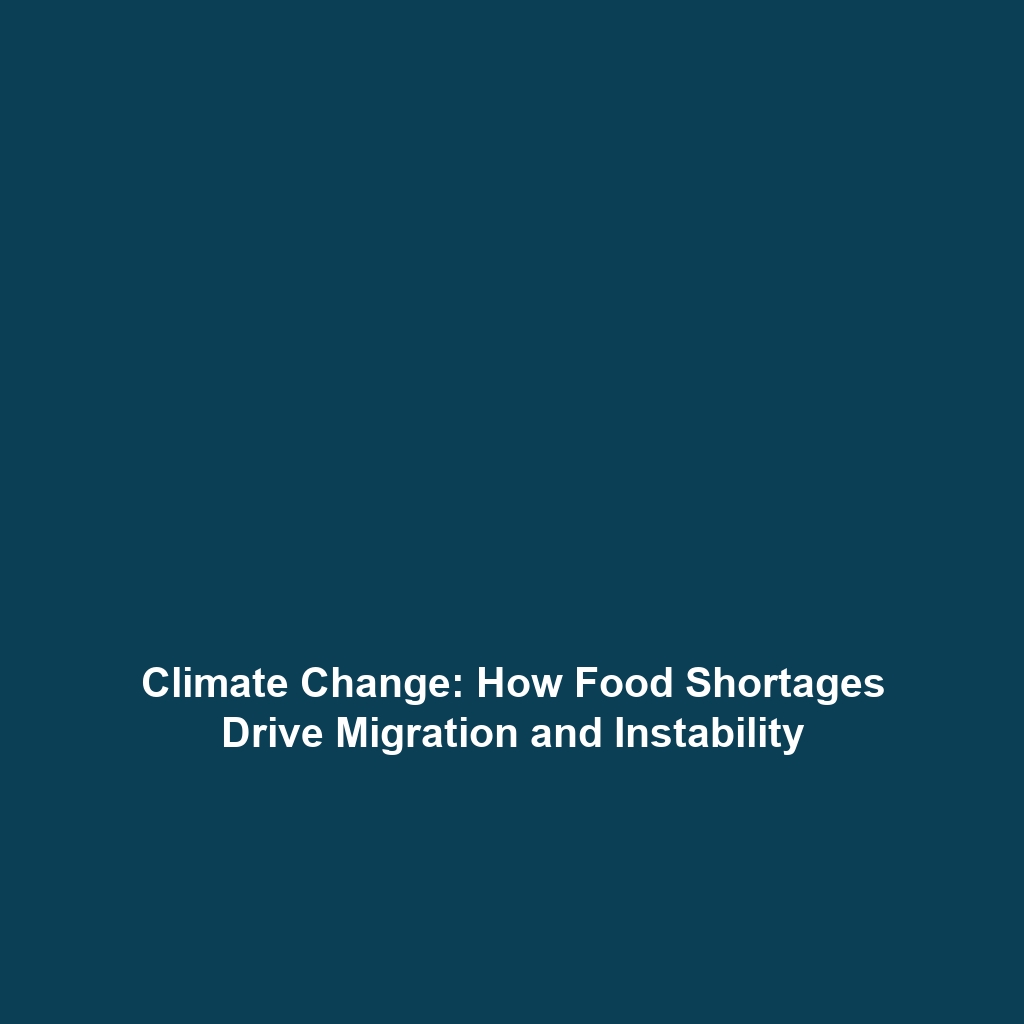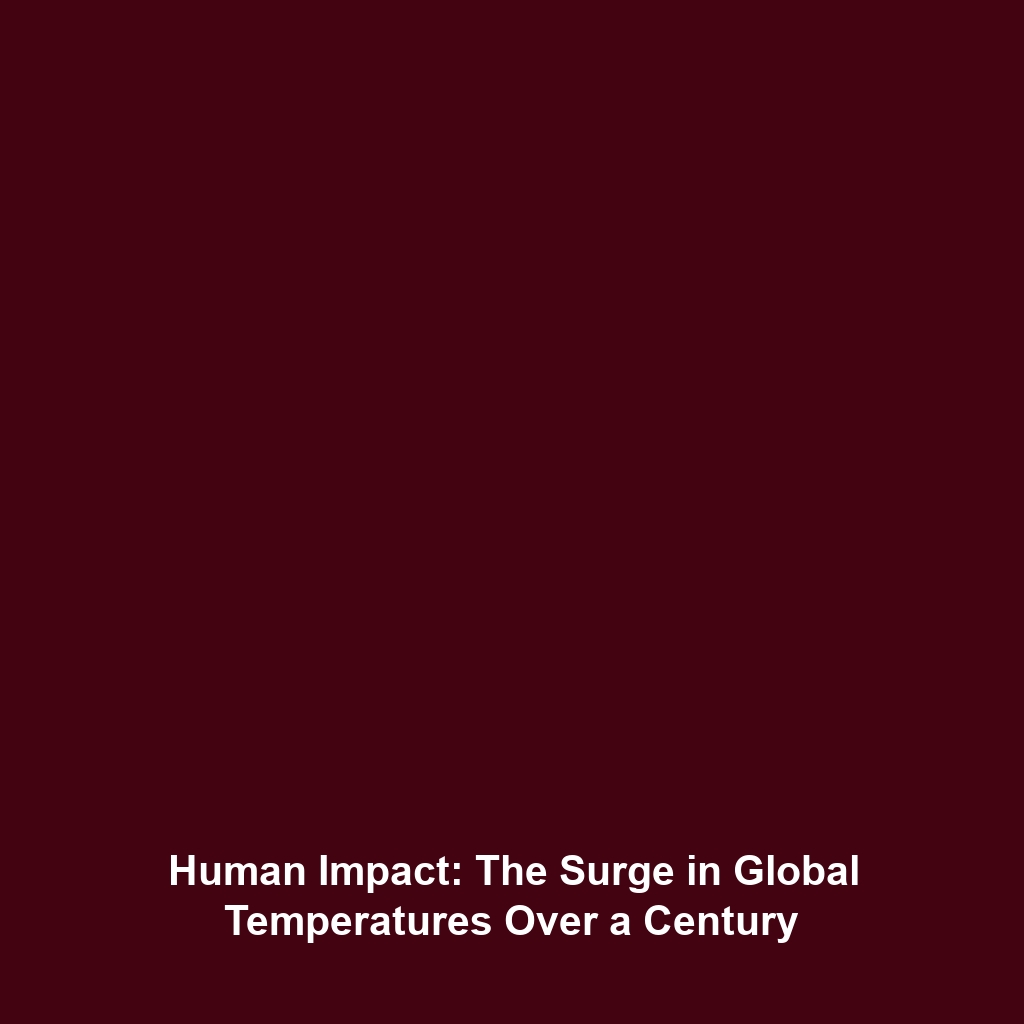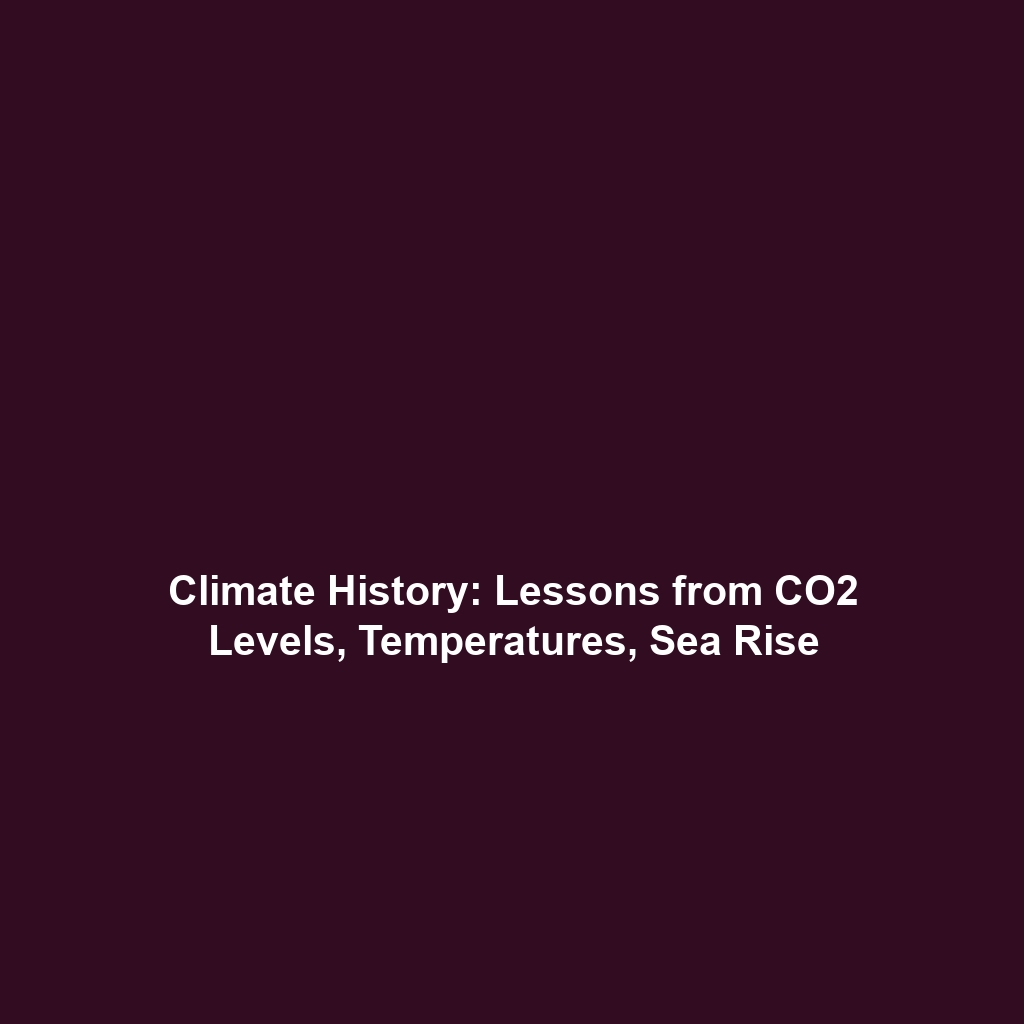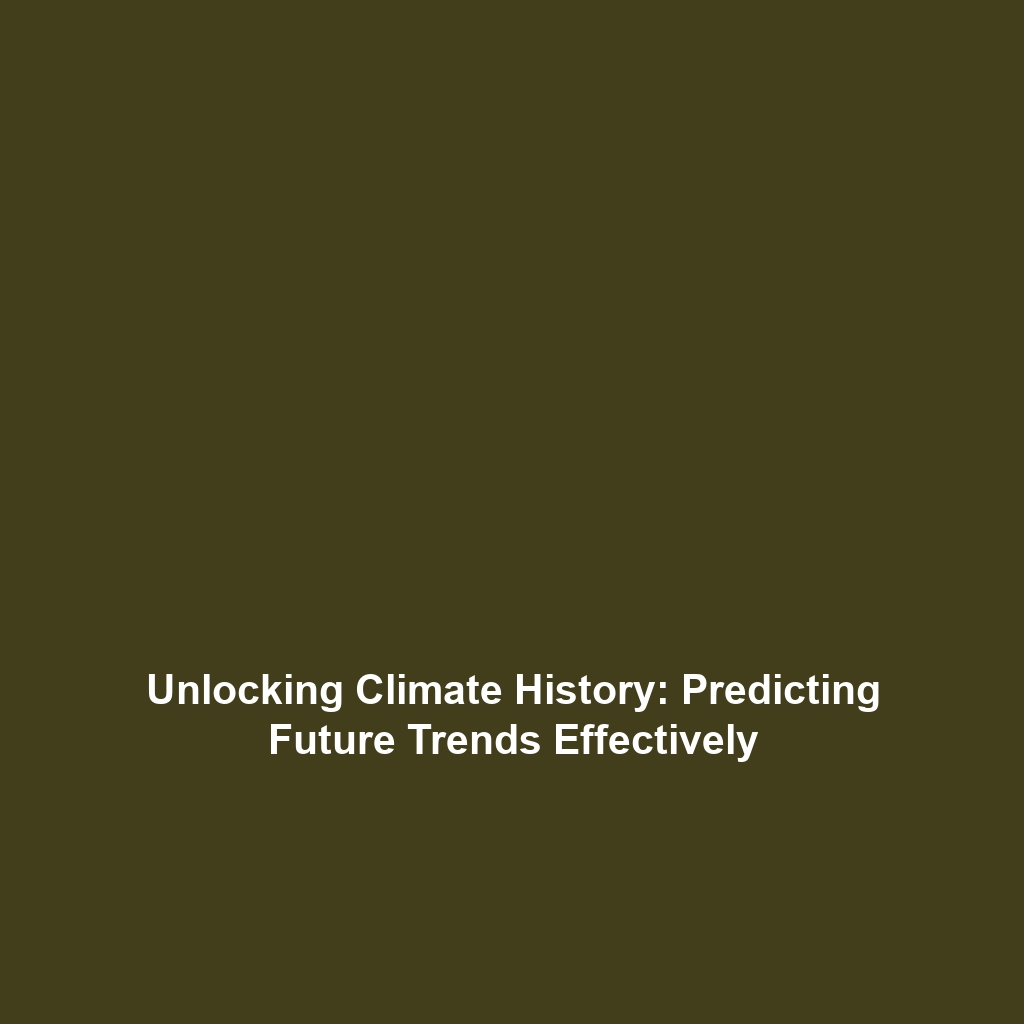Fusion’s Role in Reducing Carbon Emissions
As the world faces increasing urgency to address climate change, fusion energy emerges as a promising alternative, potentially revolutionizing energy production while significantly mitigating carbon emissions. Fusion, the process that powers the sun, offers clean and virtually limitless energy, crucial in the global effort toward sustainable practices. This article examines the role of fusion energy in reducing carbon emissions, highlighting its importance within contemporary energy discourse.
Key Concepts of Fusion and Carbon Emissions
Fusion energy involves the combining of light atomic nuclei to form a heavier nucleus, releasing vast amounts of energy in the process. Key concepts include:
- Fusion Process: Unlike fission, which splits heavy nuclei (used in nuclear power), fusion merges light elements like hydrogen isotopes, producing helium and energy without harmful byproducts.
- Carbon Neutrality: Fusion energy has the potential to provide a reliable power source that emits no greenhouse gases during operation, addressing the urgency of reducing carbon emissions in global energy generation.
- Fuel Abundance: Fusion relies on isotopes like deuterium and tritium, found in water and lithium, respectively, offering a virtually inexhaustible supply compared to fossil fuels.
Applications and Real-World Uses
The applications of fusion energy in reducing carbon emissions are significant and varied:
- Power Generation: Fusion reactors can produce electricity on a large scale, serving as a clean alternative to fossil fuel plants.
- Desalination: Fusion energy can power desalination plants, providing fresh water while reducing carbon footprints.
- Hydrogen Production: Fusion can facilitate the efficient generation of hydrogen fuel, supporting a shift to cleaner transportation methods.
These applications illustrate how fusion’s role in reducing carbon emissions is integral to the future of fusion energy initiatives.
Current Challenges in Fusion Energy
Despite its potential, several challenges hinder the widespread adoption of fusion energy:
- Technical Hurdles: Achieving the necessary conditions for sustained fusion reactions (high temperature and pressure) remains a significant scientific challenge.
- Economic Viability: The high initial investment and ongoing costs of developing and maintaining fusion reactors pose financial barriers.
- Public Perception: Misunderstandings about fusion safety compared to nuclear fission can impact public and political support for fusion projects.
Future Research and Innovations
Ongoing research and innovation are pivotal to realizing the potential of fusion energy:
- Breakthrough Technologies: Projects like ITER (International Thermonuclear Experimental Reactor) aim to demonstrate the feasibility of fusion power generation.
- Advanced Materials: Innovative materials that can withstand extreme heat and radiation are being developed to enhance reactor durability and efficiency.
- Increased Collaboration: Global partnerships among universities, governments, and private sectors are fostering rapid advancements in fusion research.
Conclusion
Fusion energy holds immense promise in reducing carbon emissions, making it a cornerstone for a sustainable energy future. Its ability to provide clean, unlimited power could transform the global energy landscape, requiring continued research, investment, and public engagement. For more information on fusion energy and related topics, explore our other articles on renewable energy innovations and effective climate solutions.
